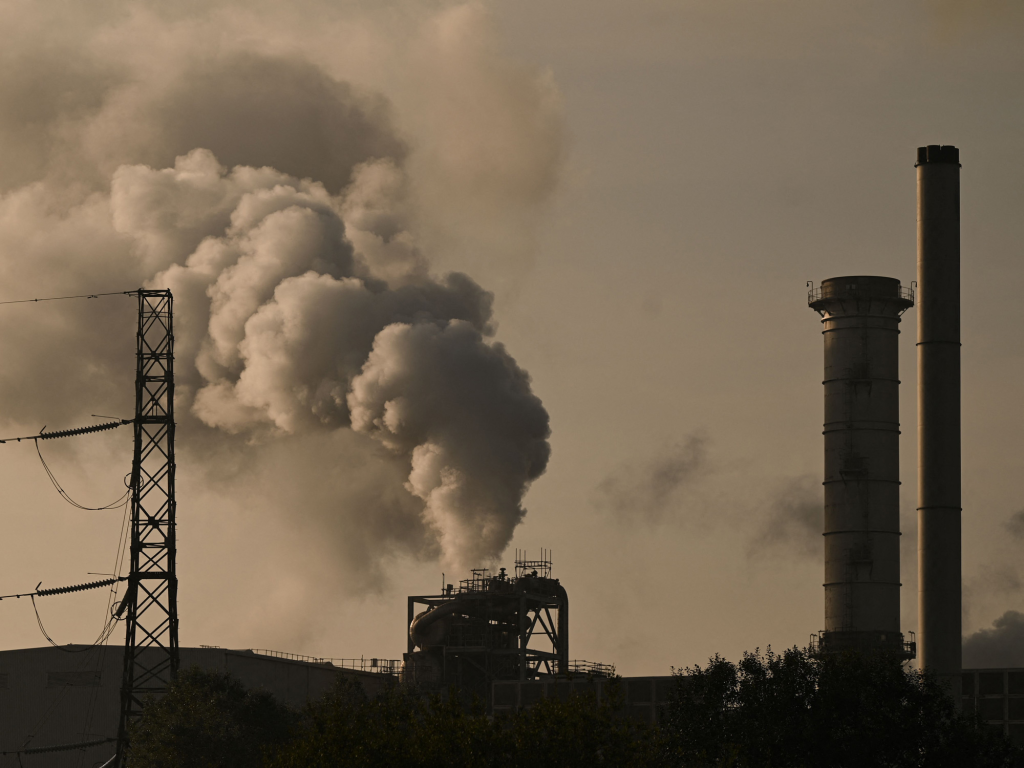
One Supreme Court ruling in 2007 pried open the door for the United States to regulate greenhouse gases under the Clean Air Act as pollutants. Now, close to two decades later, a concerted legal effort is working to close that door once and for all not by disputing the science, but by asserting the law always assumed it did not have to be opened up in the first place.
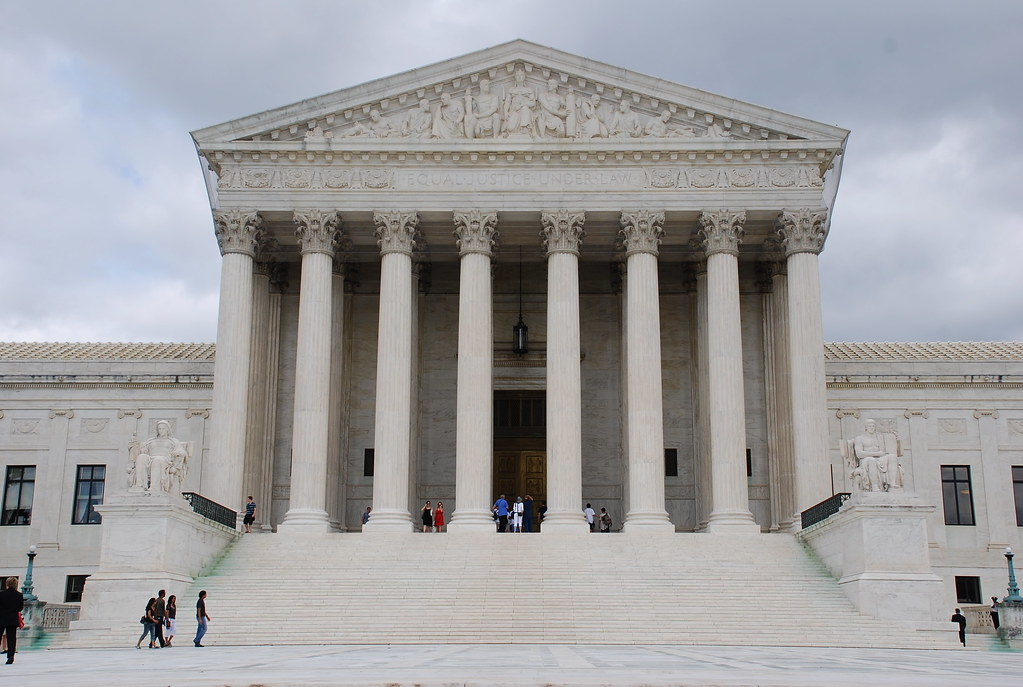
1. From Science to Legal Semantics: The New EPA Playbook
The Trump administration’s new approach to overruling the EPA’s endangerment finding is a revolutionary turn: the law, not the science, is now in the limelight. Instead of trying to refute the overwhelming scientific consensus that the greenhouse gases pose a danger to human health, the administration is resorting to a technical interpretation of the 2007 Supreme Court case, Massachusetts v. EPA. According to insiders, the new proposal contends that while the EPA can regulate greenhouse gases, it is not legally compelled to do so.
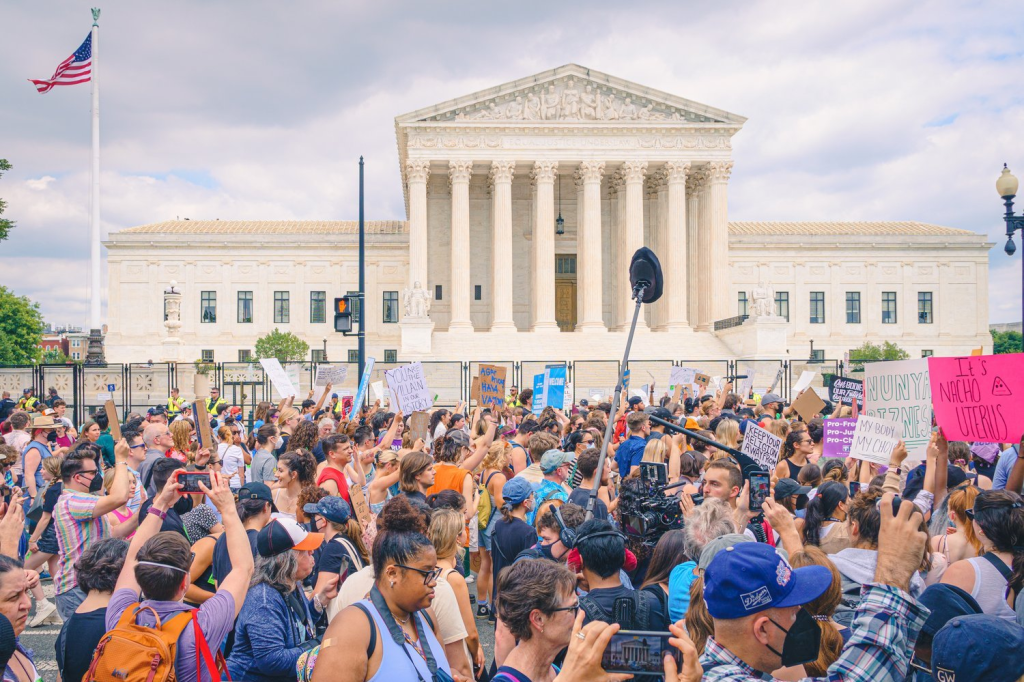
As Harvard Law Professor Richard Lazarus explained, “They’re not really going after the science. They’re going after what ‘significantly’ means in the statute. They’re attempting to turn this into a legal issue.” This line of approach avoids the solid scientific basis behind the 2009 finding of endangerment, which has become even more solid over the years, according to biodiversity conservation organizations: “The scientific evidence behind the 2009 legal opinion…has only become more robust” in the past 16 years. The scientific evidence behind the 2009 legal opinion
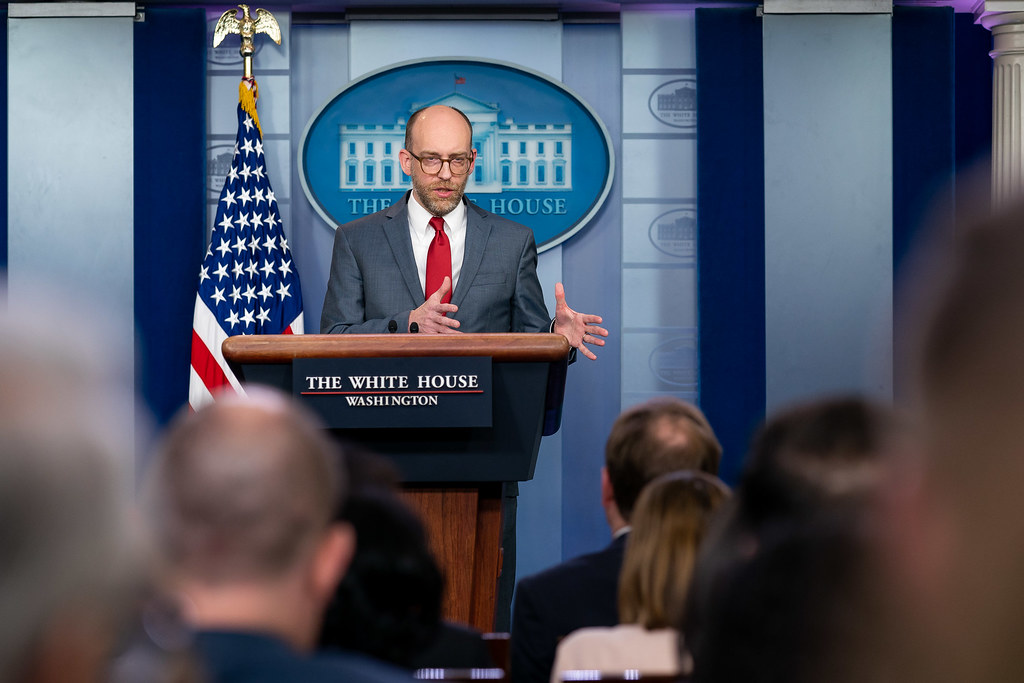
2. The Architects: A Web of Coordination and Influence
This shift in law is no fluke. It’s the result of concentrated coordination on the part of the EPA, the Office of Management and Budget (OMB), the Department of Justice (DOJ), and key players such as Russ Vought, Jeffrey Clark, and Stephen Miller. Vought, a central architect of the right-wing Project 2025 agenda, has long contended that federal climate science “shackled agency actions.” Clark, formerly head of the DOJ’s environmental division and the lawyer who argued the Massachusetts v. EPA case in the D.C. Circuit, is now at OMB, personally leading the rollback. The White House counsel’s office and the Department of Energy also are in the mix, but OMB and DOJ are said to be leading the charge. This is not merely a regulatory adjustment; it’s a decades-long, long-planned attempt to unravel the very underpinning of federal climate policy.

3. What If the Endangerment Finding Fails?
Rolling back the endangerment finding would be an earthquake moment for U.S. climate policy. As Professor Lazarus had it, “That would end regulation of greenhouse gases under the Clean Air Act.” And the Clean Air Act is our only federal tool for regulating greenhouse gases.” The consequences would be sweeping: regulations on vehicles, power plants, landfills, and oil and gas operations would vanish overnight.
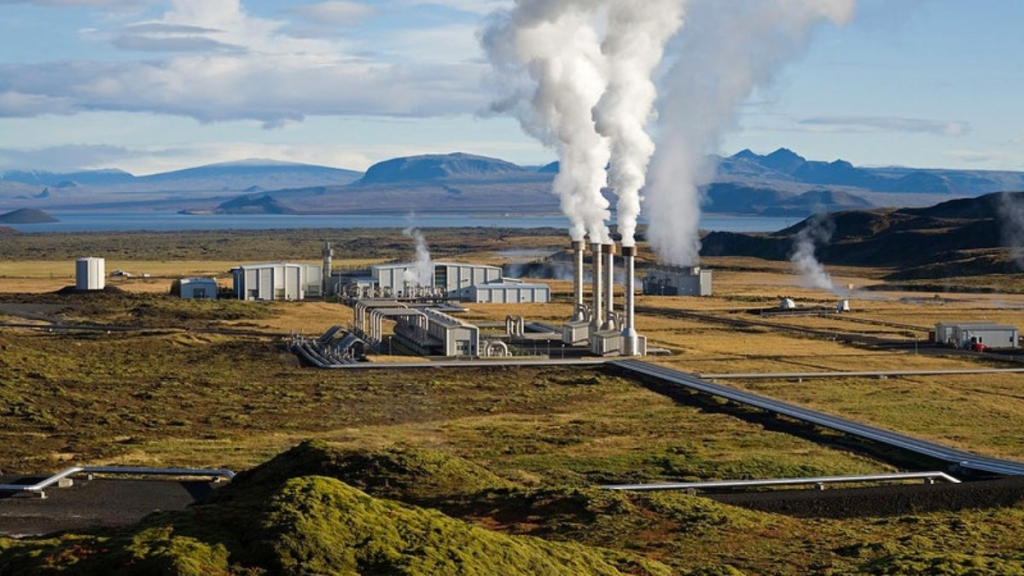
That would end regulation of greenhouse gases under the Clean Air Act The EPA’s own data shows that the United States is the second-largest greenhouse gas polluter globally, responsible for more than any other nation for the 1.3°C of warming since the Industrial Revolution. If the legal argument wins the day, not only would existing limits be nullified, but future administrations would be handcuffed from reimposing them except with a new scientific discovery one that would be subject to a far more conservative Supreme Court.
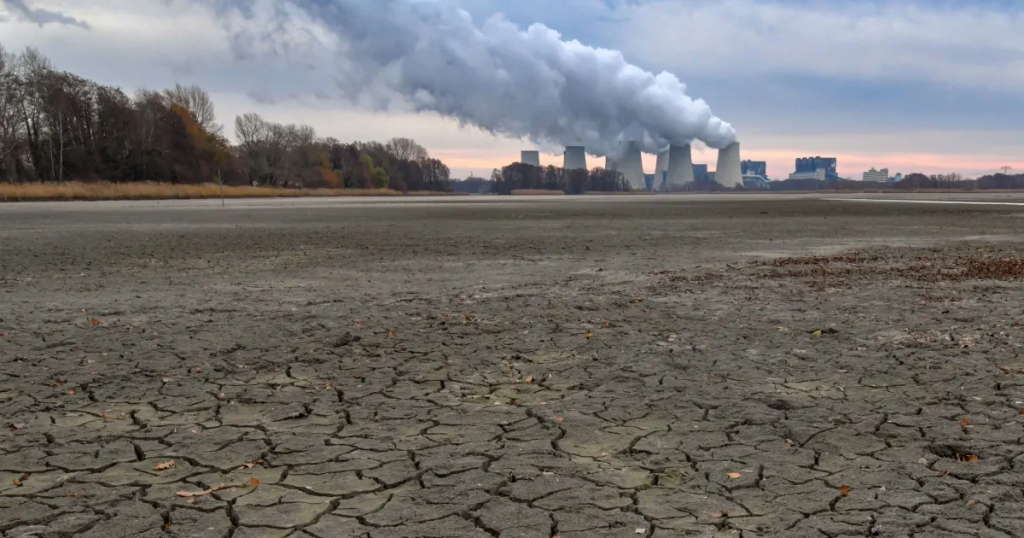
4. State-Led Legal Challenges and Regulatory Backstops
With federal safeguards in jeopardy, states are filling the gap. California and the coalition of other states have sued to strike down Congressional disapproval of Clean Air Act waivers for higher vehicle emission standards, saying that federal action exceeds statutory power and breaches the Tenth Amendment.California and 10 other states sued to strike down three Congressional Review Act (CRA) resolutions States such as New York and Vermont have passed “climate superfund” legislation to make fossil fuel producers liable financially for past emissions. These initiatives are hotly disputed by the administration, which refers to them as “extortion[nary]” and a hindrance to national energy priorities.Climate Superfund Laws. Newly implemented in New York and Vermont However, as federal power is contested, the patchwork of laws and regulations at the state level is increasingly becoming both a rampart and a battlefield.
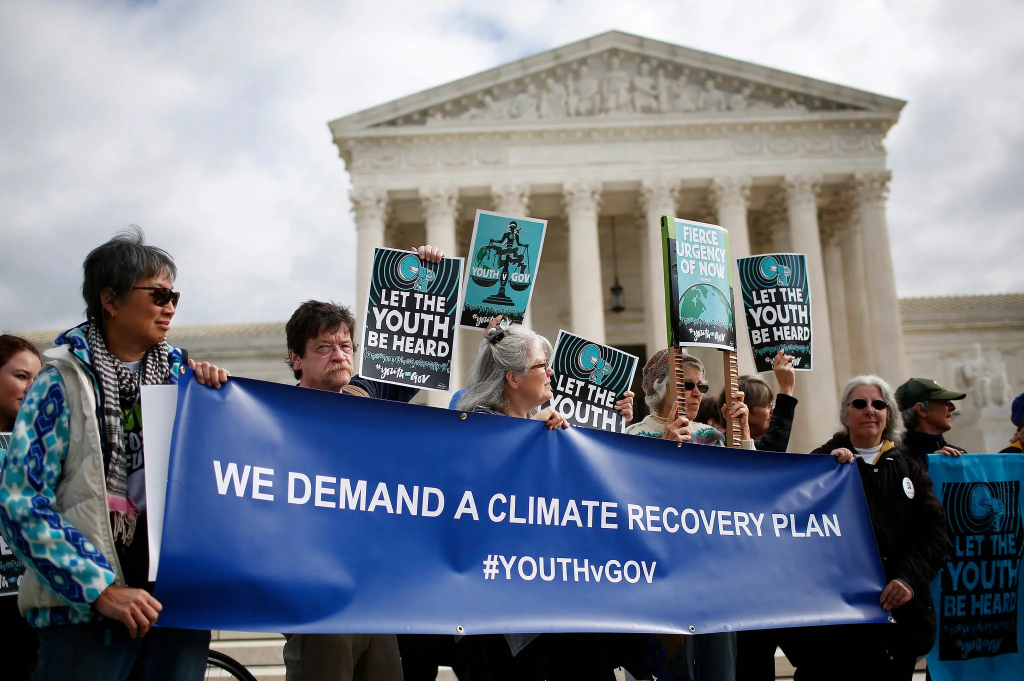
5. The Ripple Effect: U.S. Climate Targets and Global Efforts
The global impact is difficult to exaggerate. The United Nations International Court of Justice recently ruled that climate change poses an “urgent and existential threat,” and that all countries must cooperate to keep temperatures from rising 1.5°C above preindustrial levels. The U.S., as a major emitter, plays a pivotal role in whether those targets are achievable. As Anne Jellema of 350.org cautioned, “Revoking the endangerment finding would open season on all of humanity, and inflict permanent damage to the entire planet, not just in the United States.”Revoking the endangerment finding would open season on all of humanity If the federal government fails to lead, the responsibility for taking action on climate falls on states, cities, and the courts shattering the national response at a time when unity is required most.

6. Community Resilience and Climate Anxiety: Discovering Strength in Uncertainty
The policy whiplash and existential stakes are driving a fresh surge of climate anxiety, particularly among young people and frontline communities. Psychologists and public health officials are warning: climate change anxiety is an appropriate reaction to legitimate dangers, particularly if it prompts us to make changes, but it can also overwhelm or traumatize.climate change anxiety is particularly common among vulnerable populations Community-based resilience practices are becoming vital components to maintain both emissions reductions and mental well-being. As one specialist said, “This is not the time to sit back and be despondent. This is a time to work hard because we need you. The country and the world needs you now more than ever.”

7. The Legal and Political Landscape: What Comes Next?
Its ultimate fate will be determined in the courts, with a more conservative Supreme Court today than it was in 2007. Prominent names such as Russ Vought and Jeffrey Clark are ready to put the limits of agency discretion to the test, wagering that a legal argument, not a scientific one, can win the day. But as state lawsuits multiply and regulatory loopholes grow, the fight over who gets to determine America’s climate future is only heating up. As legal commentators observe, “the need to act on climate change will not go away, states are safer starting now to strategize their transition to a low-carbon power system.”the need to act on climate change will not go away In this context, vigilance, resilience, and collective action between government, civil society, and communities are more urgent than ever.


